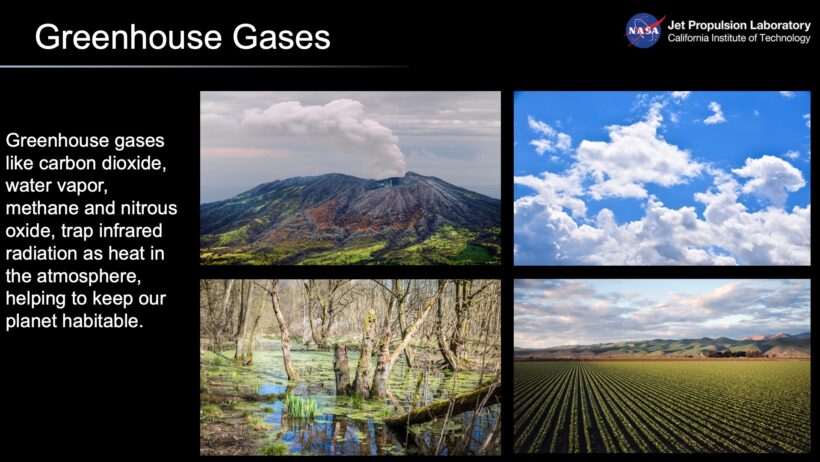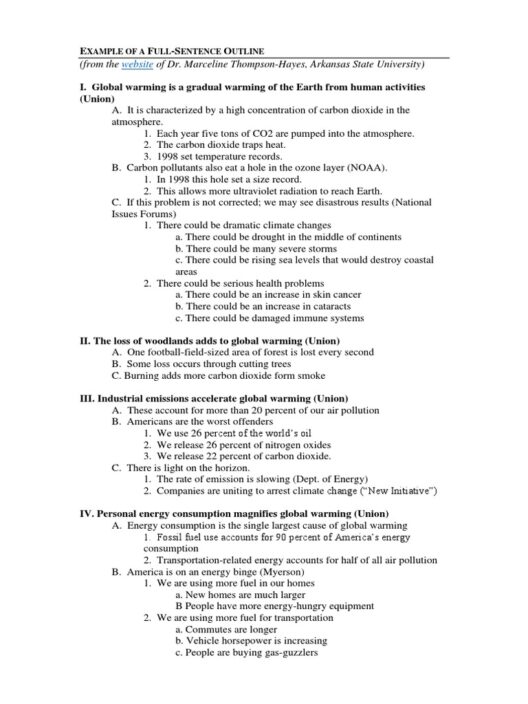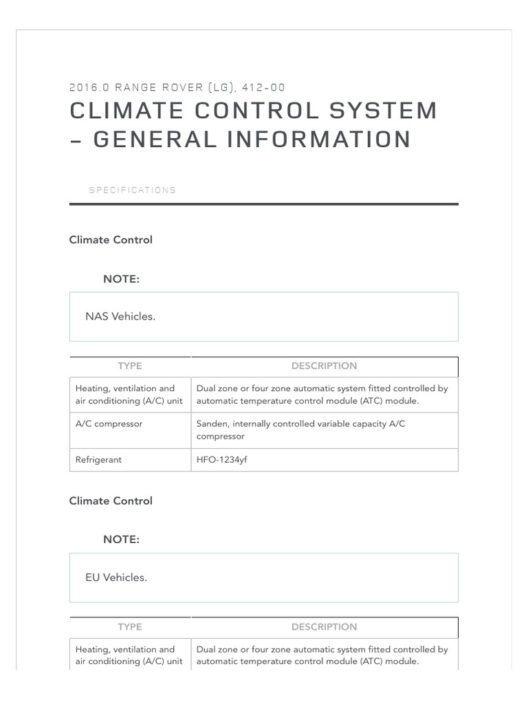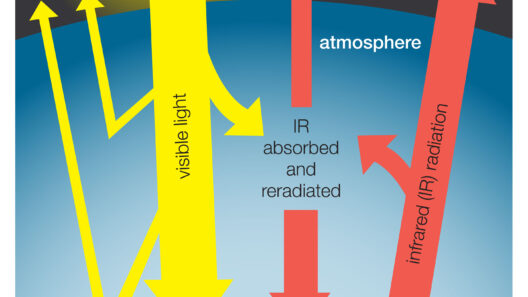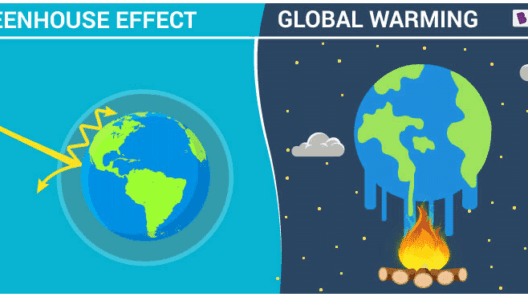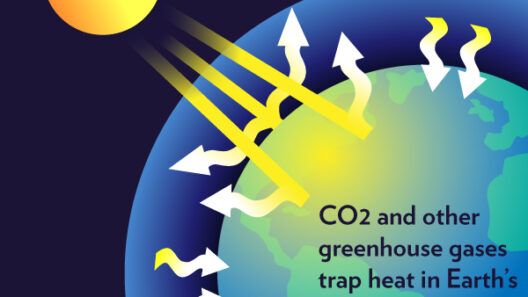Greenhouse gases (GHGs) are often depicted as the antagonists in the climate narrative, yet they are an intrinsic part of the atmospheric tapestry that sustains life on Earth. Understanding their role transcends a mere scientific inquiry; it demands a nuanced appreciation of the interplay between human activity, natural processes, and the inherent beauty of our planet’s ecology.
At their core, greenhouse gases—primarily carbon dioxide (CO2), methane (CH4), and nitrous oxide (N2O)—function like a warming blanket around the Earth. Without them, our planet would resemble a barren ice world, hostile to the existence of complex life forms. However, as our activities have woven more layers into this blanket, the resultant warming has raised alarms and inspired urgent discourse about sustainable practices and environmental stewardship.
The paradox lies in their duality: beneficial in moderation, detrimental in excess. This necessitates a comprehensive exploration into why greenhouse gases matter, not just as an environmental concern but as integral components of our very existence.
Understanding the Greenhouse Effect: Nature’s Thermostat
The greenhouse effect is an elegant, albeit complex, natural phenomenon. It begins with sunlight, which bathes the Earth in energy. Some of this sunlight is absorbed by the surface, heating it, while the rest is reflected back into the cosmos. GHGs play a pivotal role here; they capture and re-radiate this heat, effectively trapping warmth in the atmosphere. This process maintains the Earth’s average temperature at around 59°F (15°C), a sweet spot for life to flourish.
This phenomenon is not merely a scientific concept but a vital part of the Earth’s life-support systems. The beauty of our climate lies in its intricacies—varied ecosystems, delectable fruits of the earth, and the rhythmic change of seasons—all stem from this climatic equilibrium. However, the rising concentrations of GHGs have begun to upset the scale, ushering in an era where the delicate balance is in jeopardy.
The Consequences of Excess: A Looming Crisis
As industries surge and societies expand, the buildup of greenhouse gases has accelerated at an alarming rate. The correlation between human activity and atmospheric changes is irrefutable. Fossil fuel combustion, deforestation, and industrial agriculture contribute extensively to increased concentrations of these gases. This alarming trajectory prompts an inquiry into the subsequent consequences.
One of the most pressing impacts is global warming, manifesting as rising sea levels, erratic weather patterns, and increased frequency of extreme weather events. These alterations threaten biodiversity, disrupt food production, and challenge water accessibility. Ecosystems that once thrived in a delicate balance are now in turmoil, illustrating the fragile interconnectedness of life on Earth.
Moreover, ecosystems are not simply collections of organisms; they are intricate webs of relationships. When one strand weakens—due to habitat loss or climate shifts—the entire fabric risks unraveling. Consider coral reefs, vibrant ecosystems teeming with life. Elevating ocean temperatures and acidification, driven by increased atmospheric carbon, are dismantling these underwater cities, showcasing a crucial vulnerability in our planet’s health.
Cultivating Awareness: The Path Forward
Addressing the greenhouse gas conundrum is not solely a matter for policymakers or scientists; it invites participation from every individual. Awareness is the first step to catalyze change. We must enthusiastically embrace sustainable practices that mitigate human contributions to GHG emissions. The aesthetic appeal of a pristine environment, interwoven with vibrant flora and fauna, serves as a testament to the beauty we can safeguard.
Engaging communities through education can transform perspectives. The enchanting stories of nature, highlighting the vital role of trees, for instance, can resonate deeply. Urban forests, which act as carbon sinks, are more than just greenery; they breathe life into concrete jungles while providing shade and sanctuaries for diverse species. Participating in local reforestation efforts not only helps combat carbon emissions but also fosters connections within communities, nurturing a sense of shared responsibility.
The technology sector also offers promising solutions. Innovations such as carbon capture and renewable energy sources present a pathway to reverse some of the damage wrought by human activity. The transition to solar, wind, and hydropower not only curtails emissions but also presents an opportunity to reclaim our aesthetic landscapes from the clutches of pollution. A technological renaissance could herald a new era of environmental harmony, where human ingenuity aligns with nature rather than detracts from it.
Reflecting on the Legacy of Greenhouse Gases
The narrative surrounding greenhouse gases is rich and multifaceted, embodying both a cautionary tale and a call to action. Understanding their significance is pivotal in preserving the planet’s ecological beauty and ensuring a sustainable future for generations to come. While the escalation of GHGs poses profound challenges, it also invites innovation, collaboration, and individual contribution to mitigate their impact.
In life’s intricate tapestry, greenhouse gases play a necessary role—not as villains, but as essential players in a larger ecological story. By recognizing their dynamics and consequences, we can become stewards of the Earth, champions of balance, and guardians of the vibrant life that flourishes amidst our atmosphere.



